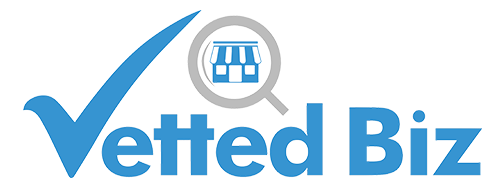

Many investors are interested in exploring franchise opportunities in a wide variety of industries. One of the first questions investors have when analyzing franchise profits and investments is:
What are the Franchise Profits and how much can franchises make?
Franchise profits may have many answers depending on the nature of the industry or the business itself, as well as the investor’s time commitment and operational capabilities. It is important to know that finding a relevant opportunity in franchising requires a lot of due diligence, analysis, and investigation. The information below intends to paint a picture of the return on investment that an investor may expect when investing franchise.
What is Return on Investment?
Return on Investment (ROI) is a performance measure used to evaluate the efficiency of an investment or compare the efficiency of a number of different investments. ROI tries to directly measure the amount of return on a particular investment, relative to the investment’s cost.

Return on Investment and Franchise Profits
Opening a franchise requires hard work and many hours at the beginning along with delayed returns compared to investing in the stock market or bonds. The following chart highlights the evolution of cashflows as time progresses on the average franchise investment-.

– In this case we considered an average franchise investment of $200,000 where the investor owns 100% of the business and is actively managing according to the best practices of the franchise.
Franchise Profits Chart
Franchise Set-Up
The first stage of the chart is the set-up period, where the investor incurs the highest expenses. This stage might last from 1 to 12 months depending on the nature of the business and the time it takes to setup.
After the set-up period, the franchise starts operating and enters in the stabilization stage.
Franchise Stabilization
The operation stabilization normally starts around the 6th month and continues until the 18th month. At this point the franchise is at the Business Stabilization stage, where they gain operational knowledge, efficiency, and start to increase their cash flows. The breakeven point can be reached within 9 to 15 months from the beginning of the Set Up Period-.
Franchise Consolidation
Once the operation stabilizes and the breakeven point is reached, the franchise enters the Consolidation stage, where cash flows continue to increase and income exceeds the expenses, yielding positive cash flow. At this point the franchise is considered a stable business and grows in franchise profits.
Historical Data in Different Industries
At Vetted Biz, we have researched more than 1,600 different franchises that have provided us key insights and historical knowledge on what returns can be expected by different examples when they are owned and operated by the same person. The following graphics paint a picture of what returns and franchise profits can be expected in different industries.
Automotive Franchise ExampleYoga Studio Franchise ExampleRetail Franchise ExampleBusiness Services ExampleFitness Franchise ExampleChildren Education Franchise ExampleHealth & Beauty Franchise Example
Previous
Next
Other Factors to Consider
The value of the investor’s time and capital is an important factor to consider when analyzing a franchise investment
There is a significant opportunity cost by working full-time in the franchise and forgoing both a fixed salary and the earning potential of the invested capital.
We strongly recommend weighing your time commitment and invested capital return potential when analyzing potential franchise profits.
How to Evaluate a Franchise Profits and Investment Information
In order to evaluate a franchise, the investor needs to take into account the initial investment, the expected profit (after the business becomes stable), the compensation for their time, and a fair expected yearly return (7% in this case).
For this example, assume that the initial investment consists of $250,000 (including working capital), compensation for your time calculated at $80,000 and the yearly profits after three years are $200,000.

Analyzing the figures above, the franchise venture appears promising, given the extra $99,500 in expected returns compared to having a fair market compensation for your time and investing the initial capital in the financial markets (7%).
In this case, investing in a franchise should lead to higher yearly returns than remaining in the job market and investing your capital in the financial markets. It is important to further run this exercise from years one to seven to understand the cost benefit analysis for each year and cumulatively. In the above example, we choose year three as the business should have been stable for at least 18 months”well into the consolidation period. Stay tuned for our upcoming article on more advanced franchise return modeling including how to properly value your franchise once it is in the consolidation period.
We hope you find this information helpful in your search for a franchise investment opportunity. Be sure to explore our Franchise Listings to see what business might be best for you!

